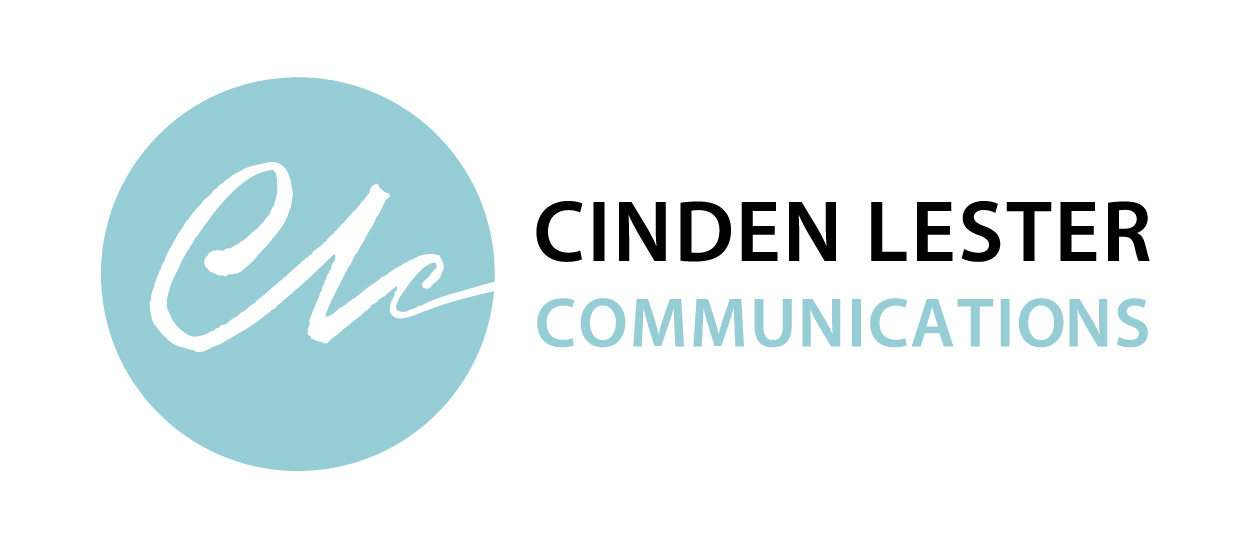YouTube is a powerful contemporary medium for story telling. All good stories start with a good script, but how do you write one?
My colleague and experienced video producer Cathy Reid has written a series of short articles about producing successful online videos.
The first article contained quick tips for creating successful online videos. The second looked at how to stop your YouTube from unravelling. Here’s the third article in the series.
 A good online video script is conversational and inclusive; making your audience feel like the video is speaking directly to them.
A good online video script is conversational and inclusive; making your audience feel like the video is speaking directly to them.
Some keys to writing a good YouTube script are:
1. Conversational language. Short, simple sentences are best—we don’t use lots of punctuation when we speak.
2. Proper preparation. The script drives everything and guides the visuals, so it’s worth spending time to get it right. Be clear on your purpose, your audience and what you want them to take away from the video.
3. Who, what, where, how and why. Remember your audience doesn’t know as much about the subject as you do, so quite often you need to cover the basics. This can be difficult if you are immersed in the detail, so ask someone who isn’t familiar with the subject matter to check if your draft makes sense.
4. Strong start. Making an impact from the start is often the hardest but most important part. One way to grab your audience’s attention from the outset is by explaining what’s in it for them.
5. Sensible structure. Your script needs good structure and flow. The tried and true story-telling technique of beginning, middle and end is effective:
- beginning: scene setter
- middle: analysis, messages
- end: solution, call to action.
6. Read through. Most online video scripts are spoken, so read your script out loud to make sure it flows naturally.
7. Short and sweet. People want their information in bite-sized chunks, especially online where the average attention span is just eight seconds. Keep your video script brief to keep your audience engaged. To estimate the length of a script, you can calculate three words per second.
Plus an extra tip from Cinden: A lesson from my early career as a broadcast journalist is to let your pictures guide your script. Split your page so you describe the images or ‘vision’ in one column and the corresponding scripted text in the other. Images and text should complement each other, not compete or duplicate. For example, if you have strong, interesting, funny or compelling vision or a great interview quote, pause your scripted text and let the vision or interviewee tell the story. If you’re describing something, use your scripted text to complete the picture by adding background details that are not obvious from the vision itself.
Need to create an online video? Contact us about how we can help.
| Cathy Reid has produced numerous YouTube videos for government. Cathy Reid and Cinden Lester are former broadcast journalists who have both produced hundreds of television news stories—researching, interviewing and working with camera crews and editors to create these short, sharp videos. They draw on this experience when producing videos for government and private sector clients. |
Sign up for free eNews tips like this sent direct to your inbox
